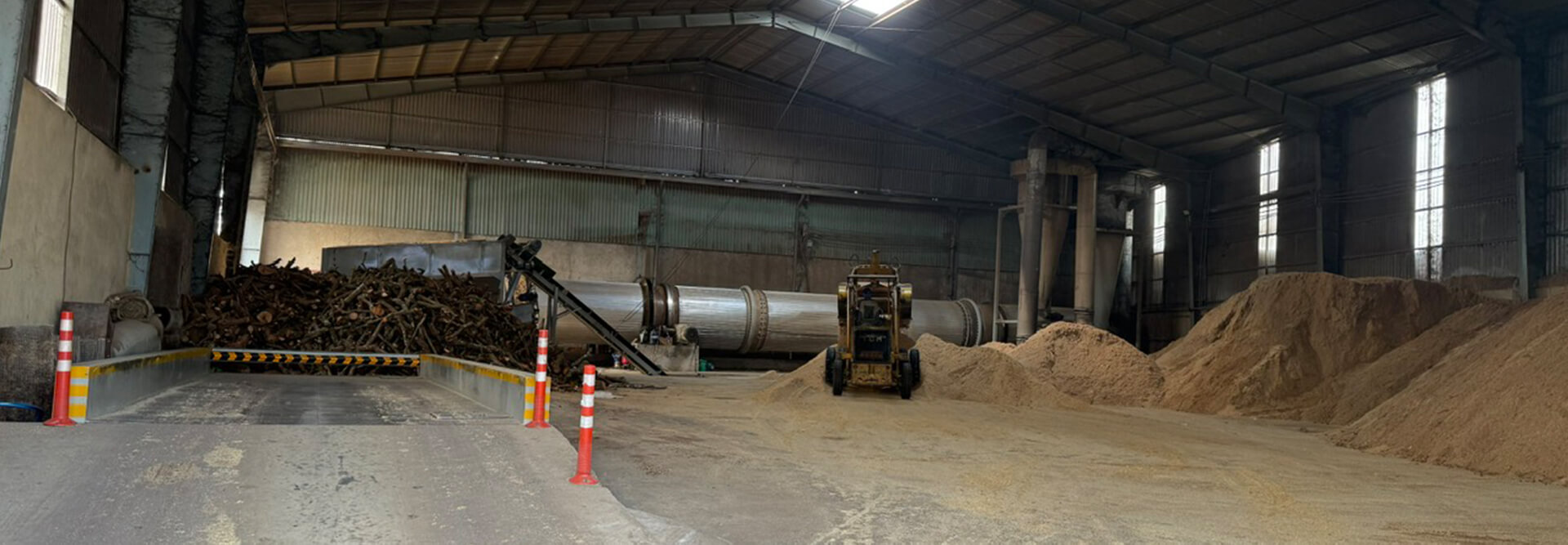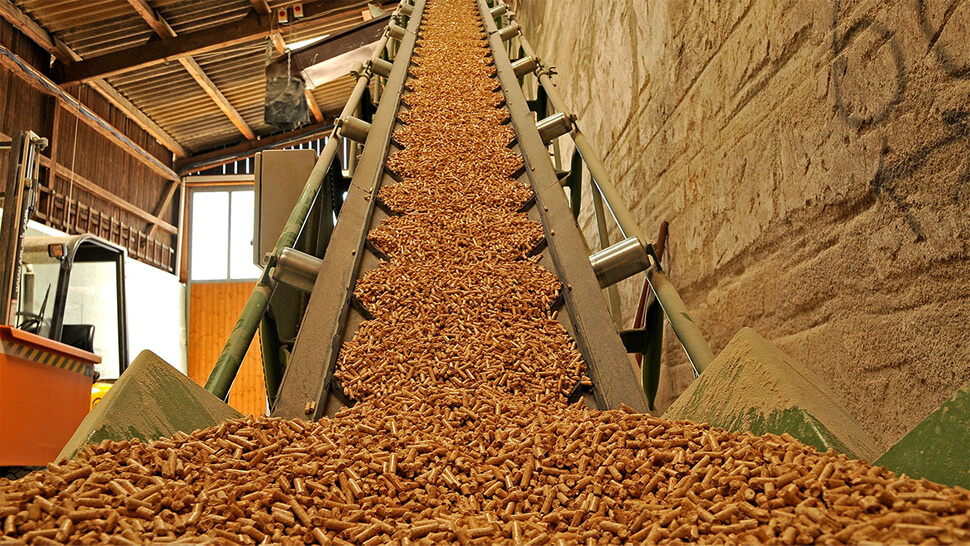
Vietnam: Strategic supplier of wood pellets with great developement room
 Vietnam: Strategic supplier of wood pellets with great developement room
Vietnam: Strategic supplier of wood pellets with great developement room

Vietnam currently has about 350 wood pellet factories, of which 80 enterprises participate in exporting. In 2024, Vietnam will export more than 6 million tons of tablets, earning about 805 million USD, up 29.1% in volume and 18.5% in value compared to 2023.
*Main markets: South Korea and Japan are the two largest markets, accounting for 94% of Vietnam's volume and 92.6% of the export value of tablets. Source of raw materials: Wood pellets are mainly produced from wood industry waste products such as sawdust, shavings, branches and tops of planted forests. In addition, other sources of biomass such as straw, rice husk, and bagasse also have the potential to become raw materials for pellet production in the future. Challenge: The export price of pellets tends to decrease due to competition and market volatility. In 2024, the average export price to Japan will decrease from 159 USD/ton to 145 USD/ton; to South Korea decreased from 126 USD/ton to 109 USD/ton.
 South Korea: High demand, dependent on imports Demand and Production:
South Korea: High demand, dependent on imports Demand and Production:
South Korea's demand for wood pellets in 2025 is forecast to be 6 million tons. However, domestic production only meets about 15.8% of demand, most of the rest has to be imported. Import sources: Vietnam is the most important source of wood pellets for South Korea, accounting for about 80% of imports. Energy policy: The South Korean government aims to end coal-fired power by 2030 and switch to renewable energy, in which wood pellets account for a large proportion of total bioenergy.
 Japan: Stable demand with strict standards Demand:
Japan: Stable demand with strict standards Demand:
Japan's wood pellet demand forecast in 2025 ranges from 2 million to 13 million tons, depending on the energy transition scenario and environmental policies. Import sources: Vietnam is the main supplier, accounting for more than 50% of Japan's imported wood pellets. Import Standards: Japan requires imported wood pellets to be clearly sourced and meet sustainability standards such as FSC, PEFC. Summary and outlook Vietnam: Continue to play the role of an important supplier of wood pellets in the world, especially for the Korean and Japanese markets. However, it is necessary to diversify export markets and improve product quality to meet international standards. South Korea and Japan: Demand for wood pellets is expected to continue to increase amid the transition to renewable energy. However, both countries are heavily dependent on imports, especially from Vietnam. Common challenges: Price fluctuations, competition for raw materials and requirements for high quality standards are challenges that stakeholders need to face in the coming time.
 Summary and outlook Vietnam: Continue to play the role of an important supplier of wood pellets in the world, especially for the Korean and Japanese markets. However, it is necessary to diversify export markets and improve product quality to meet international standards. South Korea and Japan: Demand for wood pellets is expected to continue to increase amid the transition to renewable energy. However, both countries are heavily dependent on imports, especially from Vietnam. Common challenges: Price fluctuations, competition for raw materials and requirements for high quality standards are challenges that stakeholders need to face in the coming time.
Summary and outlook Vietnam: Continue to play the role of an important supplier of wood pellets in the world, especially for the Korean and Japanese markets. However, it is necessary to diversify export markets and improve product quality to meet international standards. South Korea and Japan: Demand for wood pellets is expected to continue to increase amid the transition to renewable energy. However, both countries are heavily dependent on imports, especially from Vietnam. Common challenges: Price fluctuations, competition for raw materials and requirements for high quality standards are challenges that stakeholders need to face in the coming time.


















